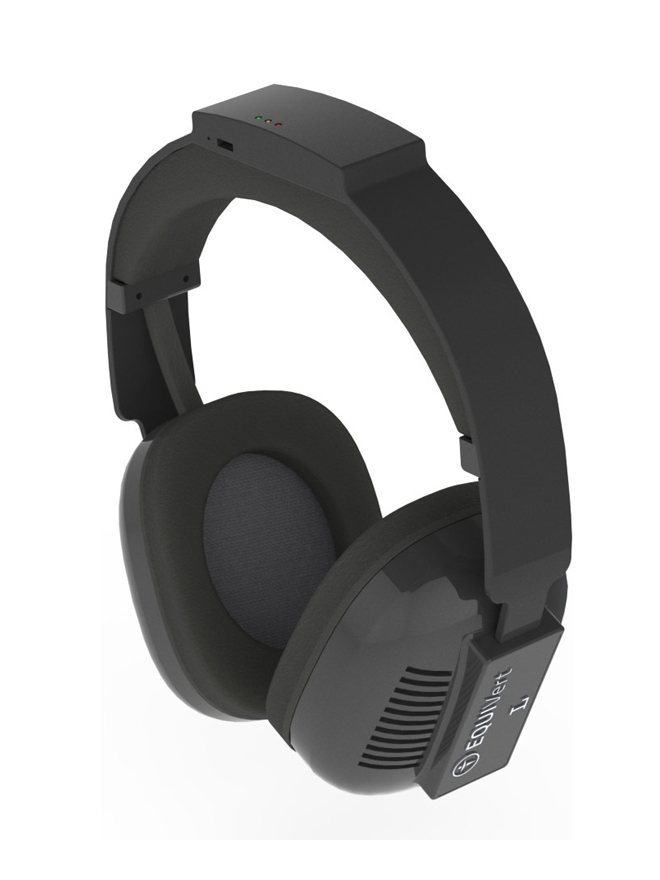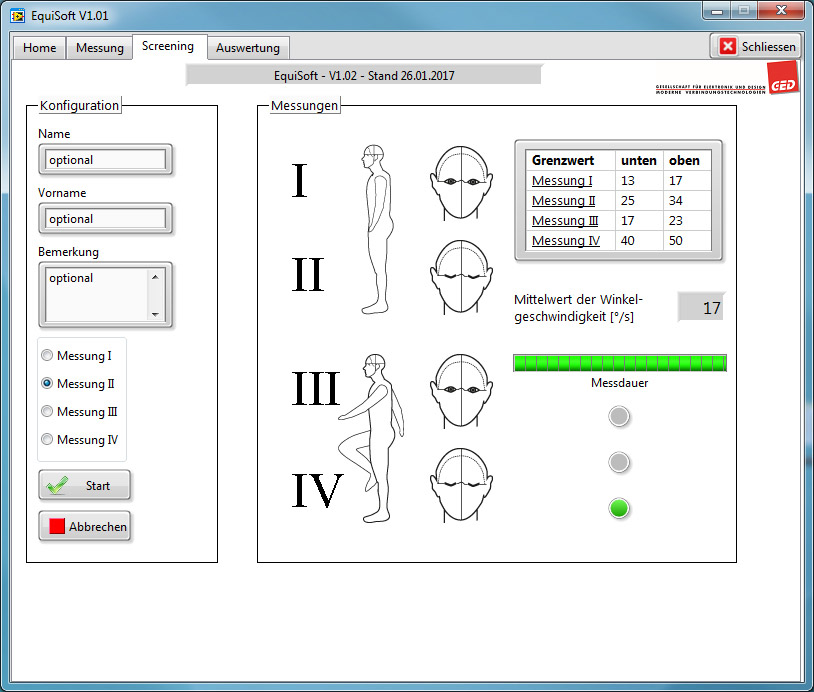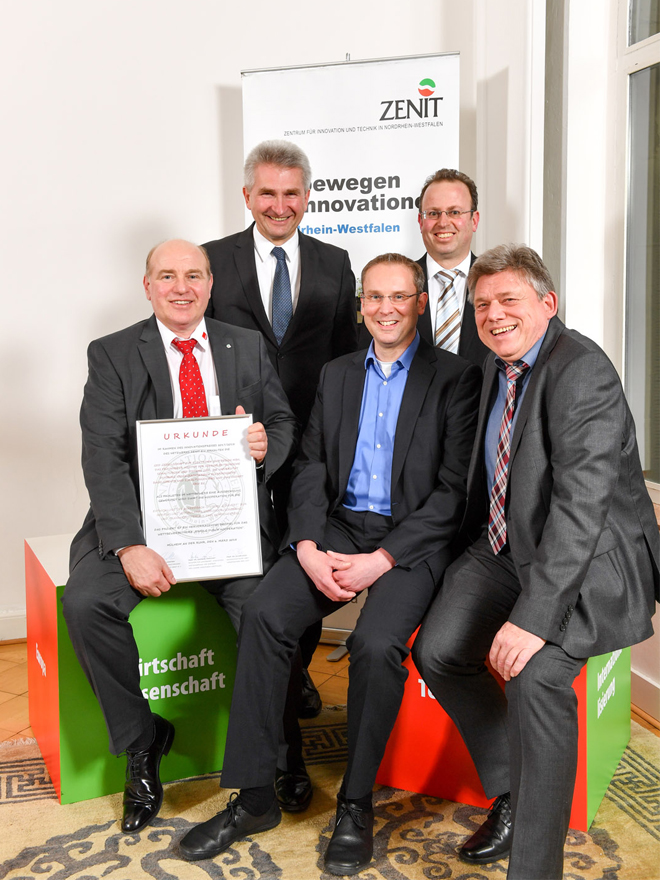Training the dizziness away
Many people are plagued by dizziness. To date, doctors have had to visually use their best judgment to determine its severity. Now the innovative EQUIVert system is here to provide objective diagnoses for the first time. EQUIVert offers another special feature: It enables patients to train their sense of balance anytime they wish – safely, effectively and conveniently.



The floor underfoot feels unsteady; it’s as if everything is spinning – dizziness is second only to pain on the list of complaints that drive patients into general practitioners’ examination rooms. This condition has so far always been hard to diagnose and treat. A physician asks the patient to stand still with their eyes shut or to walk in place. The rest is a matter of observation, so the diagnosis is far from objective. The key to reducing dizziness is training, training and more training. Until now, though, exercise routines have been largely confined to physicians’ practices for a lack of effective systems that allow patients to train safely and constructively in the confines of their homes.
EQUIVert optimizes diagnosis and training
This situation may be changing soon on both fronts with the innovative EQUIVert system jointly developed by researchers at the Fraunhofer Institute for Microelectronic Circuits and Systems IMS in Duisburg with their colleagues at the University of Duisburg-Essen, GED Gesellschaft für Elektronik und Design mbH and HNOnet NRW eG. "For one, doctors can objectively assess dizziness with our EQUIVert system, a combination of the EQUIMedi headphones screening device and corresponding software. Second, affected individuals are also able to use the EQUIFit training device to alleviate dizziness in a simple, safe and efficient way," says Burkhard Heidemann, group manager at IMS.
How does regular exercise help dispel dizziness?
To explain how EQUIVert works, a brief digression on the cause of dizziness is in order: A range of organ and functional systems ensures that a healthy body is able to stand upright and walk safely. Sensors in the inner ear detect the head’s motions and send messages to the brain about the direction of movement. The eyes relay further information to the brain as to the body’s spatial location. Sensors in the skin, joints, muscles and tendons provide more data that round out the picture. If one of these systems is impaired – say, by conditions affecting the inner ear, neuritis, or a variety of other causes – then the vestibular system sends the wrong signals. This causes dizziness. If the sense of balance is trained – for example, on a wobble board – the brain learns to deal with these false signals. The visual system takes over and provides most of the input when exercising with open eyes. However, it can no longer fulfil this task if lying in a dark room or when the eyes are shut. This is why dizziness often returns in the dark. Even so, closing one’s eyes when training on a wobble board is risky business.
Headphones serve as a standing assist device – much like a parking assist system
The EQUIVert system solves that problem. As Heidemann puts it, "The affected individual puts on his EQUIFit training device with integrated accelerometer and rotation rate sensors and receives instructions via headphones to stand up straight. He is guided by audio signals. For example, if he leans too far to the right, a sound is emitted that appears to be coming from the right of the headphones – much like a parking assist sensor." The system monitors the patient’s ability to perform the exercises, stepping up to the next higher level of difficulty only when appropriate. In a nutshell, the headphones deliver feedback on equilibrium through the ears, which are closely linked to our sense of balance, rather than the eyes. The wearer can control and adjust the headphones with gestures. They switch on automatically when the patient picks them up and provide automated instructions on how they work, how to adjust the volume and the like. The state-of-the-art operating controls recognize gestural input such as a patient nodding or shaking their head and then issue instructions for training exercises that are to be repeated daily. An intelligent system guides the patient through the training programs at varying levels of difficulty, adjusting the intensity to the measured performance. The level of difficulty only goes up another notch when the patient is able to hold steady within the prescribed range. This safeguard ensures the training does not overwork the patient.
Dizziness now an objectively diagnosable condition
The EQUIVert system also serves doctors well as a diagnostic tool. They no longer need to visually assess the patient’s equilibrium now that they have the EQUIMedi physician’s device with integrated accelerometer and rotation rate sensors to accurately measure the patient’s body sway. The results are sent via cable to the doctor’s PC where they are visually displayed. "With the EQUISoft analysis program, doctors can now, for the first time, objectively diagnose dizziness," says Heidemann. Earlier diagnostic systems objectively measure variations in the weight distribution of a patient standing on force plates equipped with sensors. However, at a price tag of 6,000 to 10,000 euros, these machines are too expensive for most practices. EQUIVert provides better results and is also affordable at a cost of around 1,300 euros for practices and roughly 650 euros for patients. Its approval for medical use is pending and the first systems will be available in May 2018. A crowd-funding campaign (www.indiegogo.com/projects/equifit-health/coming_soon) is underway to finance the final few activities required to ramp it up for mass production.